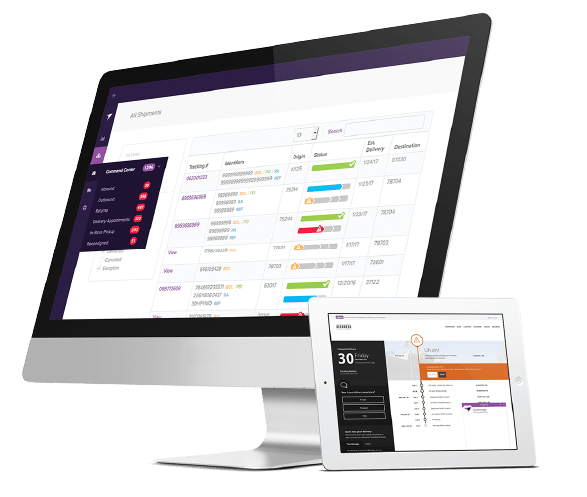Convey Improves Carrier Performance Reporting and Exception Management
Convey, a leading delivery management platform, announced the availability of new and improved carrier scorecards and exception management tools for its customers.
These capabilities provide shippers a comprehensive analysis of carrier delivery and transit issues — including performance at the individual carrier, service level and network level — with user interface capabilities that can be customized to prioritize the most important incidents.
Here’s the challenge: Today’s shippers are held to increasingly higher standards of service, requiring them to continuously review and collaborate with carriers the optimize performance. Until now, self-reported carrier data has been the only way for shippers to stitch together performance metrics across disparate systems and providers. This data is often incomplete, outdated and disconnected from one carrier to another.
Convey’s real-time carrier performance reporting is designed to provide a single, aggregate view of carrier performance data, dynamically updated via API integration with more than 100 carrier systems. The solution also benchmarks individual carrier performance against other providers in the customer’s carrier network, using key metrics such as transit times, on-time delivery, and delivery against the promised-by date.
“Consolidating disparate data from multiple carriers to create an end-to-end, custom view of shipment progress can help shippers to better manage their carrier relationships. This information can also help shippers predict, identify and escalate in-transit issues to the right teams for resolution,” said Matt Howitt, vice president of product at Convey. “Dynamic carrier performance reporting sets a foundation for ultimately being able to sense and respond to real-time network conditions. This allows shippers to predict carrier performance metrics in order to better inform planning, sourcing and carrier routing.”
Additional new product features include improved exception management views that help shippers prioritize specific delivery issues using filters to highlight or distill information. This gives retailers proactive visibility and control over the customer experience, so they can solve potential issues before they become costly customer service problems.
Exception management features include:
- Filtering by exception type, resolution, postal code, service level, carrier, contact info, mode, PO, tracking number and return number.
- Workflows that empower specific teams such as logistics or returns to solve problems more effectively.
- The ability to resolve exceptions as they are completed
- Real-time and historical views that help retailers identify sensitive exceptions like damages.
For example, queues have been created that highlight shipments that are in need of scheduling support, customer refusals, and shipments that have been returned to sender.
Category: Connected Fleet News, General Update










